Digital Revamping and Digital Twin are becoming increasingly important within the 4.0 innovation processes adopted by companies. But how can they support the business of companies? And why should they use it?
A “Digital Ecosystem” that allows companies to have a concrete and sustainable approach to Technology Transfer
From a survey among Italian manufacturers, the average age of the machine tools, robots and automation fleet is about 13 years (source: Ucimu – Sistemi per Produrre), which gives us a technological context that in a few cases is predisposed to digitization of plants: it is therefore reasonable to think that it will take several years to carry out a modernization plan, a time that is opposed to an ever faster innovation and that sees in the Digital Transformation an important competitive differential for companies.
Thinking about the multiple needs of the different sectors and target companies and thanks to the skills in the industrial world and services acquired, it is essential to create a digital innovation framework, or a roadmap that guides companies in the implementation of a technology scalability model, with a strong focus on economic sustainability.
The three macro steps for technological innovation: what role played by Digital Revamping and Digital Twin?
We start from an assumption, namely that the three pillars of technological innovation are:
- Connection;
- Performance control;
- Improvement.
The concrete and gradual development of an innovation plan, applicable to all companies, has as its primary purpose the integration and interconnection of latest generation technologies with older systems: Digital Revamping, acting on technological implementation, connection and new ones. interfaces, concretely represents this integration approach, allowing a scalable functional upgrade to return I4.0-IIoT ready machinery and systems.
In fact, the digitalization of the industrial process, even on dated plants, provides all the tools to check the pre-established KPIs in real time, avoid performance drifts (quality, efficiency, safety, guarantee the service in the required time) and at the same time map more assets that communicate with each other simultaneously in an ecosystem. In recent months, also as a result of the reduced mobility of people, an impacting need has emerged, which concerns the remote management of complex plants (old and new): thanks to revamping it is possible to give new value to our assets and manage them in real time strategic data to make quick decisions.
But how can we anticipate the data and prevent behavior that is different from expectations?
Is in this scenario that the The Digital Twin is placed: the added value of the Digital Twin is to create an interaction between a real object or process with a virtual model (digital twin), developing concepts of artificial intelligence (AI) in asset management and potential fields of application in the industrial landscape. The digital twin, in addition to assisting the operator through Digital Machine Documentation and company management software (ERP), today represents the most concrete technological support for improving the performance of After-Sales, Customer Support, Scheduled Maintenance services, as well as allow the development of business models and the proposal of services to the end customer (for example, Predictive Maintenance).
The application of these technologies in a Digital Smart Factory is only the final piece of a path that starts from people and processes. This is why it is essential to start immediately by measuring the degree of technologies present in the company and the skills of people through an initial Assessment: a sustainable innovation process also makes use of the culture and tools of continuous improvement, to optimize processes and create a new business culture, as a support base for innovation, thus increasing the value of our product / service.
The gradual approach of technology transfer is aimed at the entire industrial and service world, with a system integration of Industry 4.0 technologies, in the development of an asset management plan necessary to manage and implement the digital transformation.
Article by Claudio Zanelli (Innovation Manager at CZ Solution Management and Faentia Consulting Srl) and Roberta Nonni (CEO and Communication & Marketing Manager at Faentia Consulting Srl).
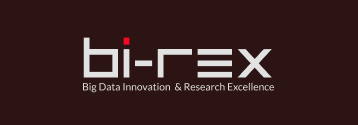
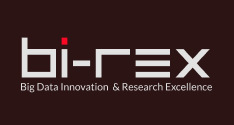
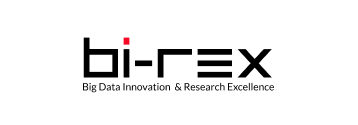
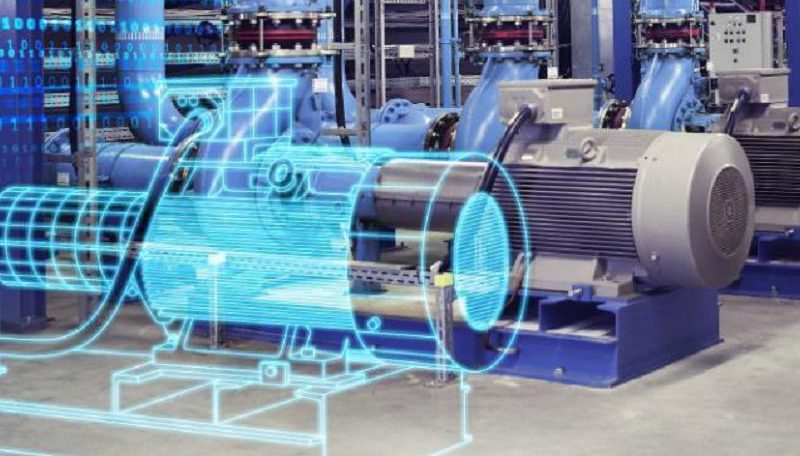
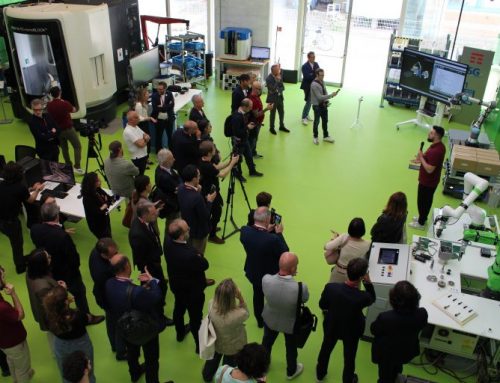
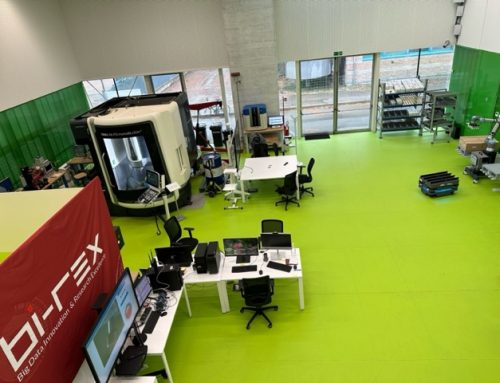



Leave A Comment